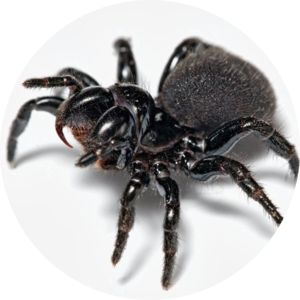Cleaning Your Aquarium
When you begin to clean your aquarium, be sure to start by unplugging all the electronic devices such as filters, heaters and such. You don't want to get electrocuted. Do not use any detergent or soap in your tank… the chemicals in them can kill your fish. During routine cleaning, don't remove your fish, as this can upset them more than the cleaning will. Be sure you only use water that has had the chlorine removed when cleaning your tank.
An algae scraper can be used to easily remove algae from the inside walls of the tank. Be sure you get one that is appropriate for your tank. Those made of acrylic will scratch easier than those made of glass, so you need a scraper that is less abrasive. Wipe down everything, including large rocks, plants and other decorations. Be sure to rinse out your filters. Try not to remove things in your tank unless absolutely necessary, as this can upset the delicate ecosystem that has established itself there. An algae eater will help make your cleaning tasks easier, since it will help eat the algae.
To clean the gravel, you can use an aquarium vacuum. This is a device that connects to your sink and lets you drain water right into it. Overfeeding your fish will cause a lot of rotting material to build up in your gravel, so try to feed only what the fish will eat in a couple of minutes. Carbon in your filter will help keep your aquarium smelling fresh. Be sure to replace the carbon material every 3 weeks.
Now that the gravel and the tank walls are clean, it is time to turn your attention to the water. Always do the water last, since cleaning the other parts of your tank will add pollutants to the water. Only remove about 20% of the water from your aquarium. Completely changing the water will shock your fish, and will upset the ecosystem. The only time you want to remove more water is if your nitrate level is high. Then you may want to change 50% of the water. A siphon is the easiest way to change the water.
When you add water back into the tank, be sure it has been dechlorinated properly. This can be done with a chemical you can purchase at the fish store, or by leaving the water set for a couple of days. The temperature should be the same as the water inside the tank. Temperature changes can shock or kill your fish. When the water has been replaced, you can reconnect the heater and the filter and turn them on. Remember to test your water frequently for nitrates and ammonia. Saltwater aquariums must also be checked for salinity, both in the water left in the aquarium as well as the water you are adding into it.








